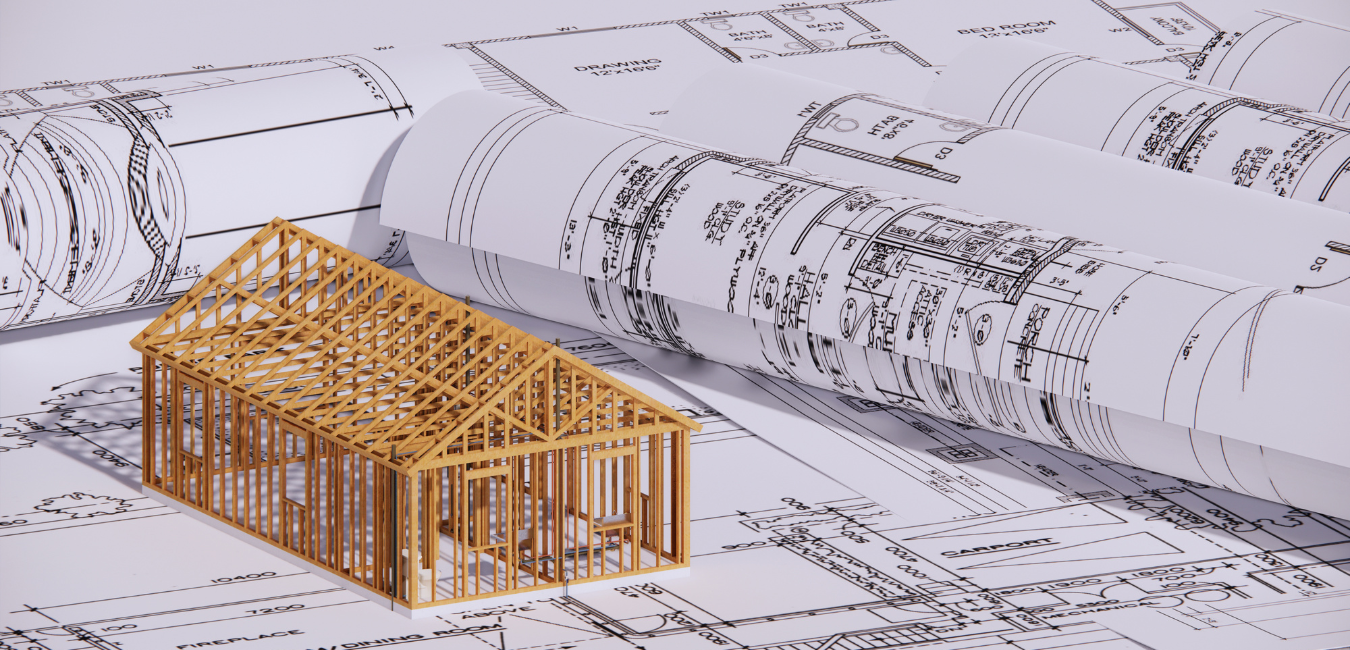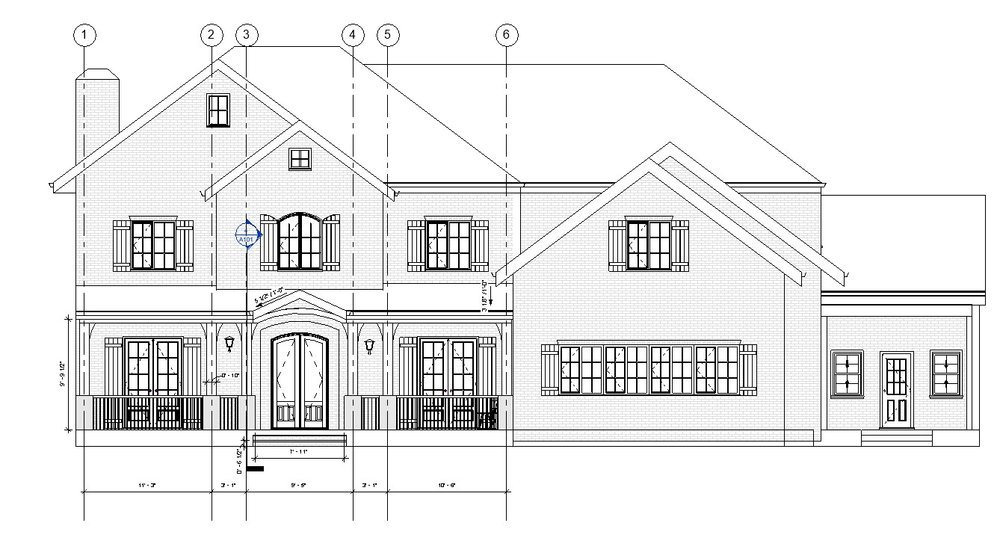The Effect of Technical Advancements on the Layout Practices of Contemporary Architects
The quick development of technical devices has actually substantially improved the style landscape for modern engineers, cultivating extraordinary degrees of technology and sustainability. The integration of Structure Details Modeling (BIM), parametric layout, and man-made intelligence has not only streamlined cooperation amongst varied groups however additionally redefined job execution. As architects welcome these developments, they are confronted with intricate difficulties that can impact their creative processes. Discovering these characteristics reveals a nuanced interaction between technology and traditional design techniques, triggering a better evaluation of what the future holds for architectural methods.
Advancement of Architectural Devices
Just how have architectural tools transformed the design and construction processes over the centuries? The development of architectural devices has actually significantly affected the performance, accuracy, and creativity of design and construction. In ancient times, architects rely upon simple instruments such as plumb bobs, gauging poles, and standard geometry to produce structures. These tools laid the foundation for early building technique, enabling the construction of famous structures, albeit with restrictions in accuracy and intricacy.
With the introduction of the Renaissance, the introduction of the compass and the protractor marked a critical change. These devices enabled architects to accomplish higher accuracy in their designs, facilitating the development of even more complex and in proportion buildings. The Industrial Change even more transformed architectural experiment the intro of mechanical devices and products, enabling bigger and much more ambitious tasks.
In the 20th century, the development of computer-aided design (CAD) software program transformed the landscape once again, providing engineers with extraordinary capacities in modeling and visualization. Today, advanced devices such as Structure Info Modeling (BIM) and parametric style software continue to push the borders of architectural advancement, allowing a more integrated strategy to style and building and construction processes.
Enhanced Collaboration in Layout
As innovation remains to develop, enhanced collaboration in layout has ended up being a keystone of contemporary architectural practice. The combination of digital devices such as Building Info Modeling (BIM), cloud-based platforms, and progressed visualization software has actually changed the means architects, designers, and stakeholders engage throughout the layout procedure. These devices promote real-time communication, enabling groups to share ideas, alterations, and responses instantaneously, despite geographical location.

In addition, interdisciplinary cooperation has actually been structured via these technical developments, making it possible for architects to work a lot more very closely with other experts, such as urban planners and environmental specialists. The outcome is a much more cohesive approach to create that takes into consideration various perspectives and know-how. Ultimately, improved collaboration in design is not just a pattern; it is important for creating innovative, functional, and cosmetically pleasing design in a progressively intricate world.

Sustainability Via Modern Technology
Sustainability in design has increasingly ended up being intertwined with technological innovation, driving the sector toward eco accountable techniques. Contemporary engineers are leveraging advanced innovations to lessen ecological effect while boosting the performance of buildings. cda architects. One prominent instance is making use of Building Info Modeling (BIM), which permits specific planning and resource allotment, minimizing waste throughout building and construction and advertising energy effectiveness throughout a building's lifecycle
Additionally, smart materials and energy-efficient systems are being incorporated right into styles to enhance resource usage. Technologies such as photovoltaic cells and eco-friendly roof harness renewable resource resources, contributing to decreased carbon impacts. Furthermore, the application of synthetic intelligence in style procedures makes it possible for designers to replicate and assess power usage, directing decisions towards more lasting results.
The assimilation more information of sustainable modern technologies not just lines up with worldwide environmental objectives yet additionally fulfills an increasing demand from customers for green remedies. As designers embrace these advancements, the focus shifts towards creating spaces that are not just visually pleasing yet additionally functionally lasting, thus redefining the requirements of modern design. This way, innovation functions as a stimulant for sustainability, allowing engineers to create structures that regard and boost the natural surroundings.
Difficulties in Application
While technical improvements in architecture hold fantastic guarantee for boosting sustainability, their execution usually encounters substantial difficulties. One key obstacle is the steep learning contour connected with new modern technologies. Designers and building and construction experts might require extensive training to efficiently use sophisticated software program and tools, which can delay project timelines and enhance prices.
Additionally, the integration of arising innovations, such as Structure Info Modeling (BIM) and sustainable products, commonly requires cooperation across multidisciplinary groups. This partnership can be hindered by differences in know-how, operations, and interaction styles, resulting in possible problems and ineffectiveness.

Additionally, governing structures and building ordinance may not equal technological developments, creating ambiguity and prospective compliance concerns. This difficulty can prevent designers from totally welcoming brand-new innovations, as the risk of non-compliance might outweigh the advantages. Addressing these implementation obstacles is important for the effective integration of technical advancements in modern building methods.
Future Patterns in Style
The challenges linked with the execution of new modern technologies in architecture have motivated a reevaluation of future trends within the market - cda architects. As architects browse problems such as sustainability, urbanization, and social equity, they are progressively embracing innovative technologies to improve layout performance and environmental performance
One prominent pattern is my review here the integration of synthetic knowledge (AI) in the design procedure. AI tools can analyze substantial datasets to inform style choices, improving both imagination and functionality. Building Info Modeling (BIM) proceeds to evolve, allowing real-time partnership amongst stakeholders and helping with structured task management.
Sustainable style techniques are additionally gaining momentum, with architects concentrating on flexible reuse and regenerative style concepts that decrease source intake and waste. The consolidation of clever materials and renewable resource sources will further enhance the resilience of structures despite environment modification.
In addition, the increase of parametric style permits even more individualized and context-sensitive architectural options (cda architects). By harnessing these developments, designers are positioned to develop constructed environments that not only attend to the immediate discover this info here needs of society however likewise expect future difficulties, thus redefining the role of style in an ever-changing world
Final Thought
Technical developments have substantially reshaped architectural style methods, facilitating enhanced precision, partnership, and sustainability. The combination of devices such as Building Information Modeling and parametric style software program, along with man-made intelligence and smart products, equips architects to resolve complicated challenges more properly.